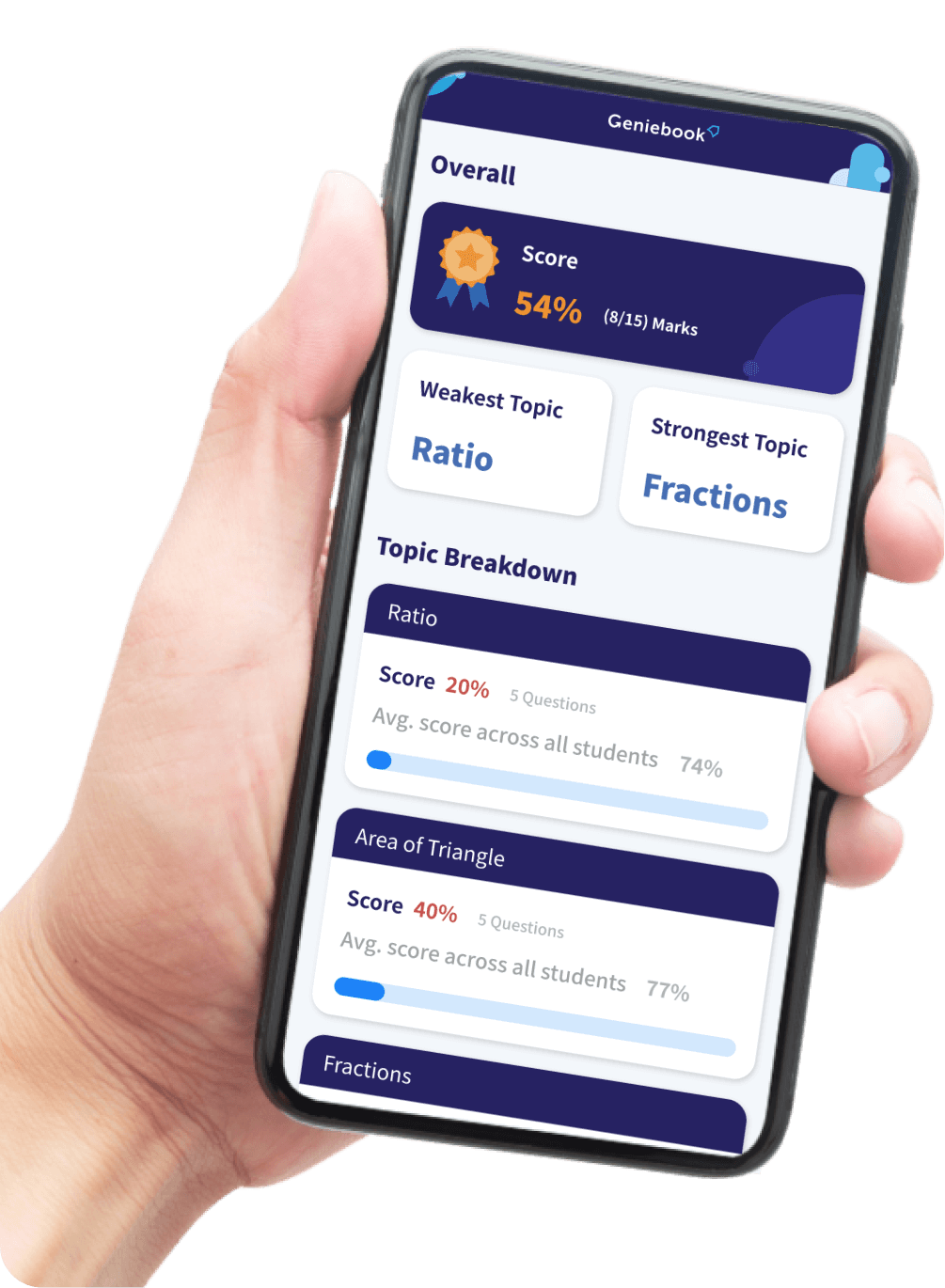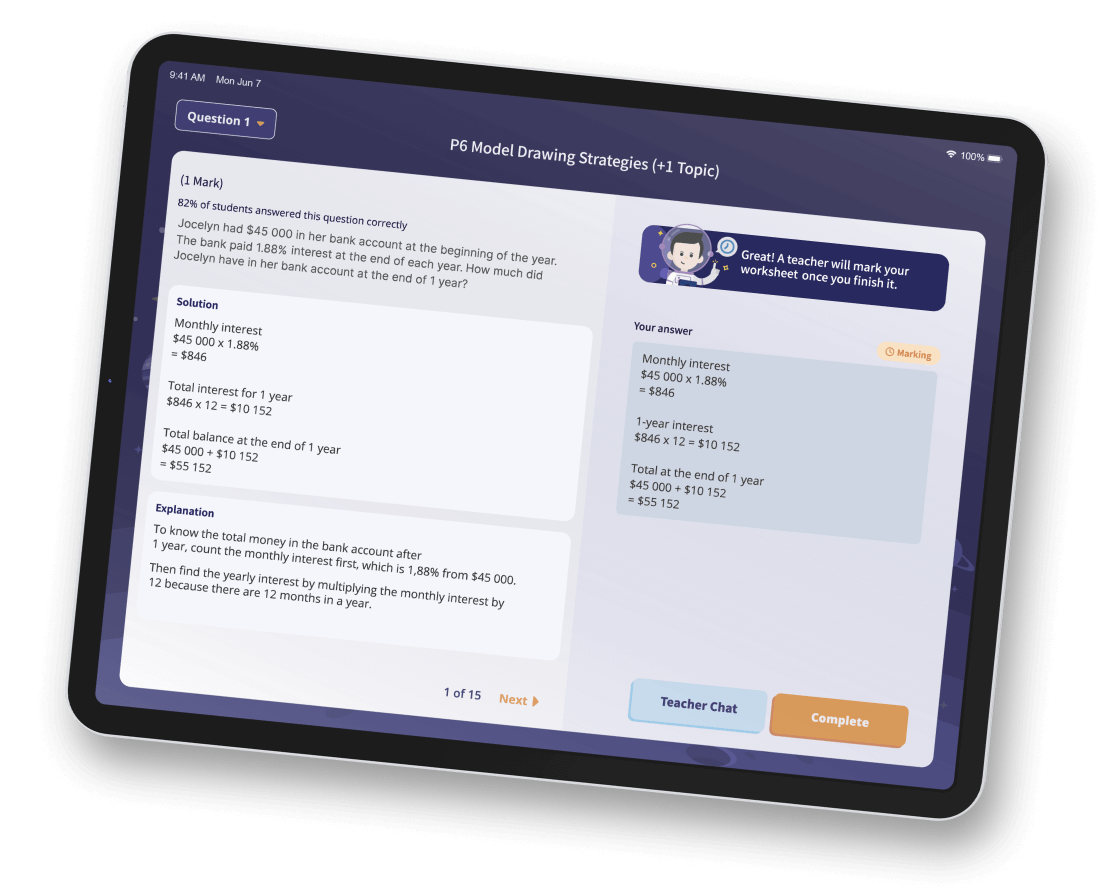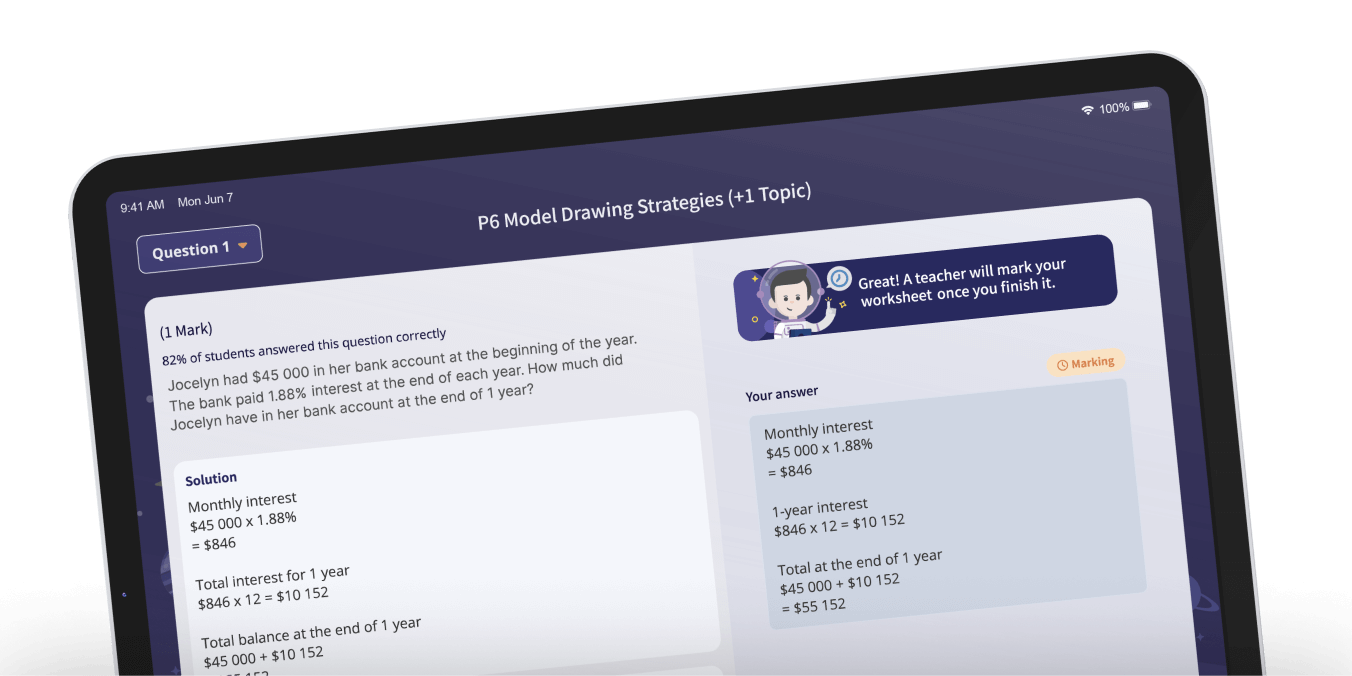Primary 5 Science
The primary 5 Science syllabus focuses on four of the five original themes: Cycles, Systems, Interactions, and Energy. For cycles, students will move beyond simply comprehending the three basic states of matter to understanding how water changes from one state to another. Under systems, students are introduced to the microscopic world of cells and the anatomy of an electrical circuit. As for interactions, students learn to identify factors that affect the survival of an organism. Last but not least, beyond learning to differentiate light from heat, students are taught the different ways by which plants and animals obtain energy.
Download Exam Papers
Click here for free Primary 5 Science exam papers!
Strategies For Teaching Primary 5 Science
Put on your investigator hat
Instead of simply asking “why”, children at this age often prefer to carry out the investigative work themselves. For starters, get them a “starter kit” with tools such as a magnifying glass, magnets, notebooks, and so on. Encourage them to observe, document, and stay curious about the world around them. If your child prefers home experiments, simply grab a few home experiments or dissection kits for some hands-on fun.
Be your lab partner
Children of this age group tend to get impatient more easily. To alleviate their boredom while chemical reactions of your home experiment do their magic, have your child set up the next step of an experiment - like a real lab partner would! You can also occupy them with books related to the topic of the experiment.
How to make learning Primary 5 Science fun?
When it comes to Science as a subject, there’re a ton of creative ways to spark your child’s interest! If educational games are what get your child excited, check out these 5 fascinating websites that are bound to fire up their curiosity. For experiments you can easily set up at home, take a look at these 4 cool science experiments we’ve put together. If your child is up for a challenge, step into Geniebook Arena to participate in daily quizzes and win prizes.
Common challenges when teaching Primary 5 Science
As the topics and concepts grow in complexity, teaching science at home to primary 5 students can be a real challenge. Besides having to study the material, ensuring that students are including the right keywords in answering questions requires a level of familiarity with the content as well.
Frequently Asked Questions (FAQs)
What are some of the key learning outcomes of Primary 5 Science?
The syllabus aims to achieve a range of learning outcomes designed to prepare students for Primary 6. The learning outcomes differ from topic to topic. Here’s a summary of the learning outcomes listed in the MOE Science syllabus 2023.
-
Cycles in Plants and Animals (Reproduction): Demonstrate an understanding that a cell is a basic unit of life, living things reproduce to ensure continuity of their kind, as well as the process in the sexual reproduction of flowering plants, and the process of fertilisation in the sexual reproduction of humans.
-
Cycles in Matter and Water (Water): Demonstrate an understanding that water can exist in three interchangeable states of matter, water changes from one state to another, water freezes and boils at certain temperatures, as well as the roles of evaporation and condensation in the water cycle, the importance of the water cycle, the importance of water to life processes, and the impact water pollution has on Earth’s water resources.
-
Human System (Respiratory and circulatory systems): Demonstrate an understanding that air is made up of gases and be able to identify the various parts and functions of the human respiratory system.
-
Plant system (Respiratory and circulatory systems): Demonstrate an understanding of the different parts and functions of the plant transport system.
-
Electric System: Demonstrate an understanding that an electric circuit consists of an energy source and various components, a closed circuit allows current to flow, and that electrical conductors and insulators play an important role in the system.
What are the main topics covered in Primary 5 Science?
The four main topics that’ll be covered in the Primary 5 Science syllabus include cycles, systems, interactions, and energy. Each topic comprises a list of subtopics. For instance, under the topic of cycles, students will learn about the reproduction and life cycles of plants, animals, and water. As for systems, students will about various parts and functions of the human respiratory system and plant transport system.
What are some ways to reinforce learning in Primary 5 Science?
Encourage your child to keep a Science journal or photo gallery. The idea is to get them to record observations that pique their interest, and find out more about them by asking questions and looking online. Alternatively, turn your kitchen into a science lab for one afternoon and try out these 4 cool science experiments for yourselves!
What are some career opportunities for those who study Primary 5 Science?
The Primary 5 Science syllabus prepares students for future studies in the fields of science, engineering, and technology. This foundation can lead to possible career paths such as teaching, environmental work, biomedical research, chemical engineering, data analysis, renewable energy management, and various other jobs in many industries. But most importantly, the subject prepares students for the more advanced and complex subjects they’ll undertake at the secondary and junior college level.
Popular Searches
English | Maths | Grammar And Vocabulary | Grammar And Editing | Grammar And Comprehension | Numbers To 10 | Shapes | Addition And Subtraction Within 10 | P1 Exam Test Papers
English | Maths | Prepositions | Comprehension | Editing | Tenses / Subject-Verb Agreement | Multiplication And Division | Fractions | Volume | P2 Exam Test Papers
English | Maths | Science | Volume | Fractions | Bar Graphs | Angles | Tenses | Editing | Prepositions | Digestive System | Diversity Of Animals | Diversity Of Plants
English | Maths | Science | Comprehension | Adverbs | Adjectives | Multiplication | Decimals | Fractions | Matter | Animal Life Cycle | Light | P4 Exam Test Papers
English | Maths | Science | Pronouns: Demonstrative, Possessive & Reflexive | Verbs: Modals & Interrogatives | Synthesis & Transformation | Percentage, Fractions And Decimals | Ratio | Electrical Systems | Plant Reproduction: Structures And Pollination | P5 Exam Test Papers
English | Maths | Science | Composition Structure | Active And Passive Voice | Grammar Close & Visual Text | Algebra | Fractions Of Remainder | Interaction Of Forces: Friction | Interaction: Introduction to Force | P6 Exam Test Papers
Secondary 1 | S1 English | S1 Maths | S1 Science | Secondary 2 | S2 English | S2 Maths | S2 Science | Secondary 3 | S3 Maths | S3 Physics | S3 Chemistry | S3 E-Maths | S3 A-Maths | Secondary 4 | S4 Maths | S4 Physics | S4 Chemistry | S4 E-Maths | S4 A-Maths


 SG
SG  VN
VN 













